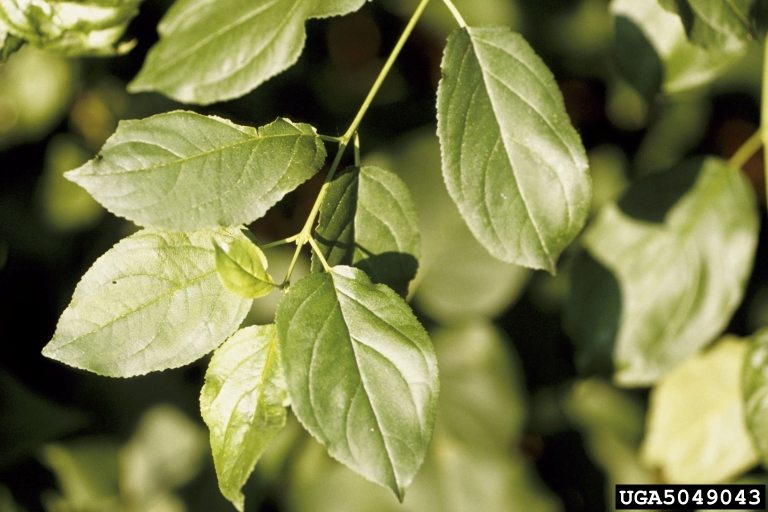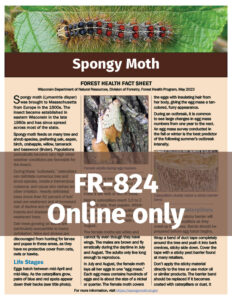
A preview of the new Wisconsin Department of Natural Resources Forest Health fact sheet on spongy moth. Graphic Credit: Wisconsin DNR
By Art Kabelowsky, DNR Outreach/Communications Specialist, Fitchburg; Arthur.Kabelowsky@wisconsin.gov or 608-335-0167
The Wisconsin Department of Natural Resources’ (DNR) Forest Health team has debuted seven new fact sheets, providing information on various forest insects and diseases as well as tips on how to deal with their emergence on your property.
The new fact sheets provide details on spongy moth, oak wilt management, spruce budworm, jack pine budworm, tamarack insects (larch casebearer and eastern larch beetle), red pine pocket decline and mortality and a comparison of common spring defoliator caterpillars (forest tent caterpillar, eastern tent caterpillar and spongy moth).
Additionally, the Forest Health team has updated and/or refreshed the look of its 13 existing fact sheets.
Continue reading “Forest Health Team Offers Seven New Fact Sheets, Updates Website”

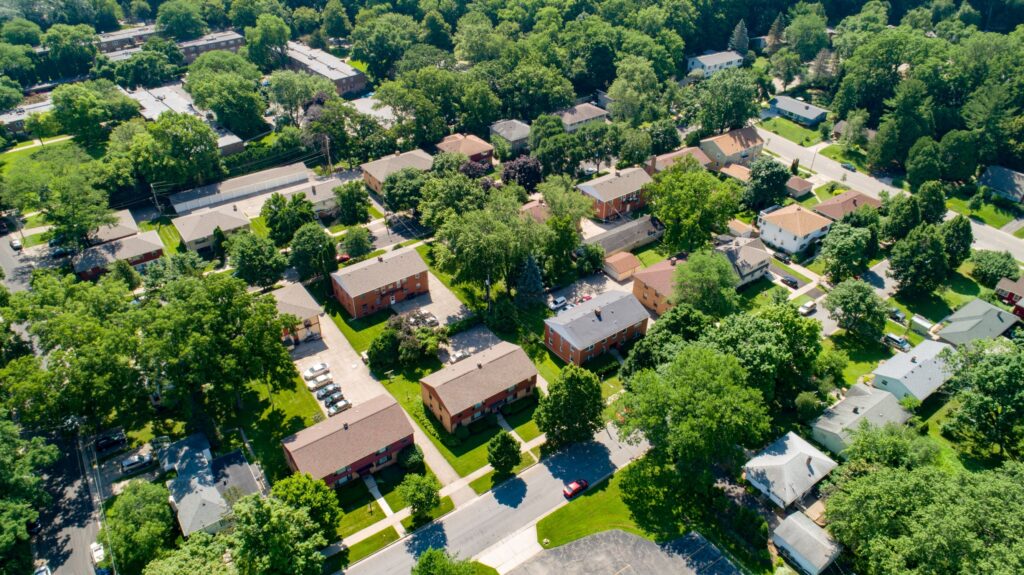 Cities, villages, towns, counties, tribes and 501(c)(3) nonprofit organizations in or conducting their project in Wisconsin can apply for a regular or startup 2024 Wisconsin Department of Natural Resources (DNR) Urban Forestry Grant.
Cities, villages, towns, counties, tribes and 501(c)(3) nonprofit organizations in or conducting their project in Wisconsin can apply for a regular or startup 2024 Wisconsin Department of Natural Resources (DNR) Urban Forestry Grant.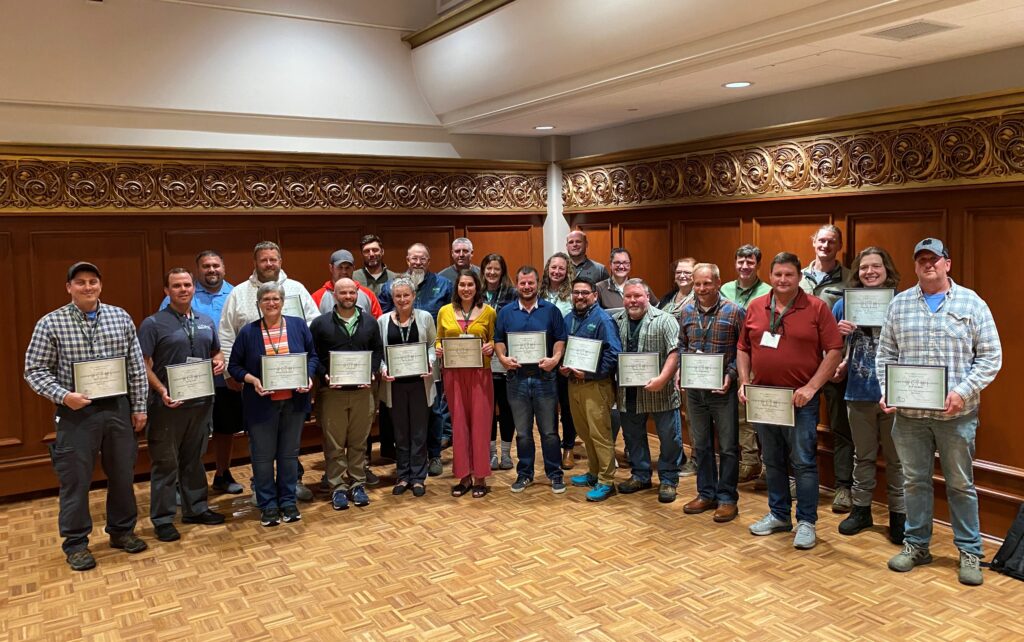
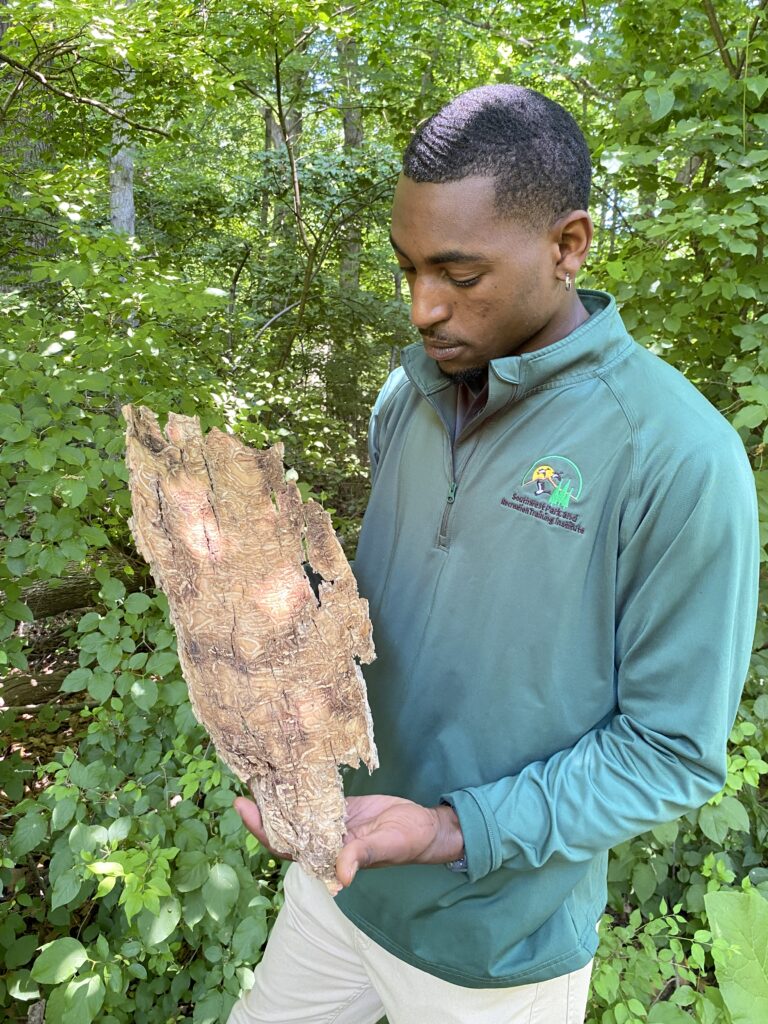 Deron Isom will be graduating this spring from Southern University and A&M College’s Urban Forestry and Natural Resources Department. He chose urban forestry and natural resources to contribute to the care of the environment. During his time at Southern, he had opportunities to intern with the National Fish and Wildlife Foundation and partner with the Recreation & Park Commission for East Baton Rouge Parish to produce multiple resource management plans and tree inventory projects. He is currently employed with the USDA at the Honeybee Breeding, Genetics and Physiology Agricultural Research Lab. He is known for his master status as a professional pugilist as well as pursuing a professional boxing career. He is a member of The Society of American Foresters, The Louisiana Forestry Association, Southwest Parks and Recreation Training Institute, and Spartans Boxing Club. He has goals to increase global contributions to sustainable living and spread his knowledge of agriculture.
Deron Isom will be graduating this spring from Southern University and A&M College’s Urban Forestry and Natural Resources Department. He chose urban forestry and natural resources to contribute to the care of the environment. During his time at Southern, he had opportunities to intern with the National Fish and Wildlife Foundation and partner with the Recreation & Park Commission for East Baton Rouge Parish to produce multiple resource management plans and tree inventory projects. He is currently employed with the USDA at the Honeybee Breeding, Genetics and Physiology Agricultural Research Lab. He is known for his master status as a professional pugilist as well as pursuing a professional boxing career. He is a member of The Society of American Foresters, The Louisiana Forestry Association, Southwest Parks and Recreation Training Institute, and Spartans Boxing Club. He has goals to increase global contributions to sustainable living and spread his knowledge of agriculture.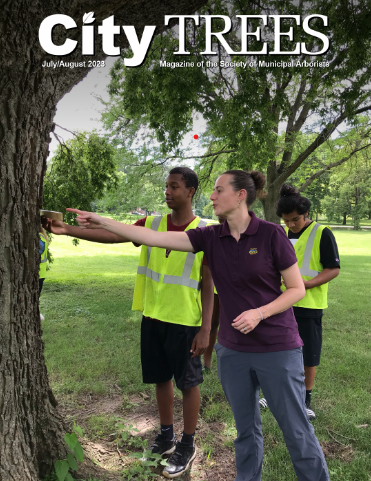
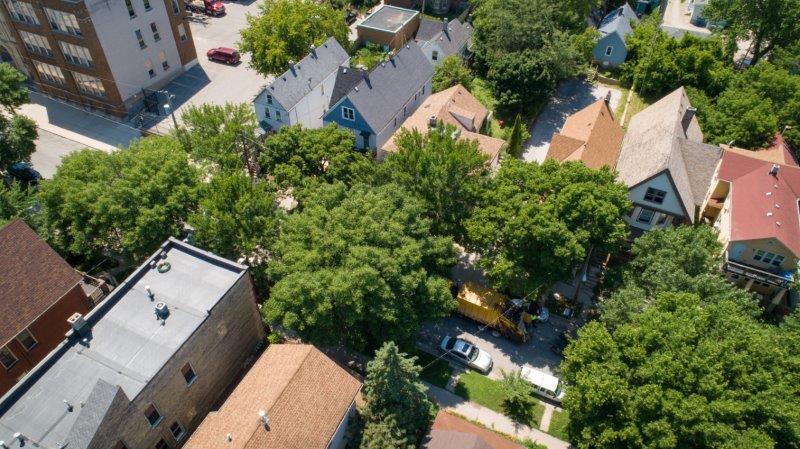 Applications for Urban Forestry Grants are opening soon!
Applications for Urban Forestry Grants are opening soon!